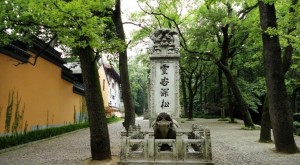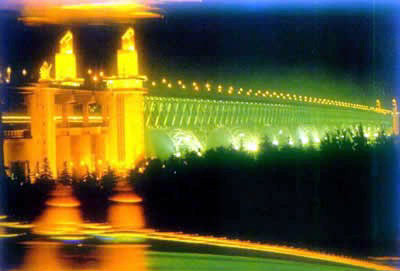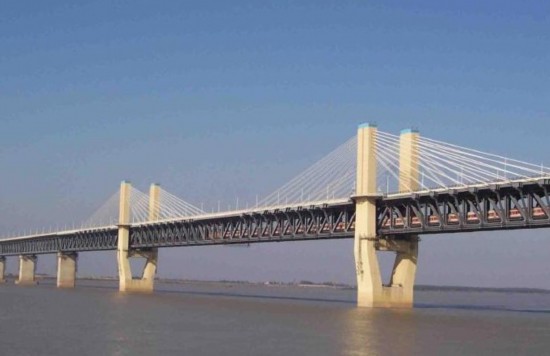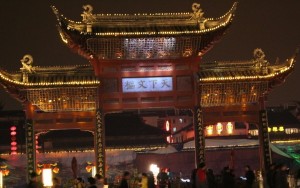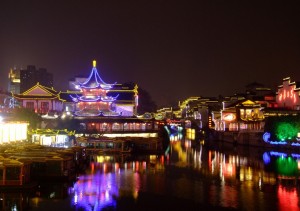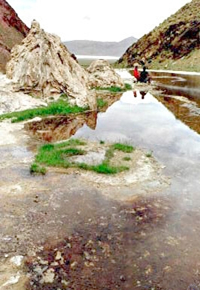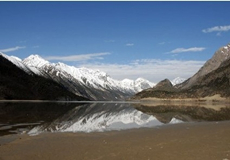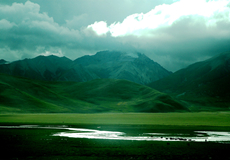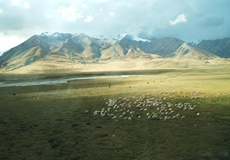Linggu Temple, located in 1.5 kilometers east of the Sun Yat-sen Mausoleum in Nanjing city, is also called Jiang Shan Temple and it is now in Ming Xiaoling Mausoleum.
Linggu Temple once was one of the Jinling 48 scenes featuring winding path leading to a secluded spot, and pine forest. In its east area, there is the plum blossom dock with green plum which is blossom in the early spring whose flowers are numerous as snow and also flowery. However, all of beautiful scenery have been destroyed by the warfare in Qing Dynasty and what have been maintained is only the stele titled “Ling Gu Shen Song” by the Qianlong in Qing Dynasty. Linggu Temple nowadays, most of them are rebuilt in the Tongzhi Emperor period, though the scale is not so large than the before one, it is also one of the famous attractions in Nanjing with wonderful scenery and it has been renamed as the “Linggu Park” since the foundation of the country.
Covering an area of 500 hectares, the Linggu Temple is mainly composed of Red Mountain Gate, soldier’s arches, Wuliang Palace, Songfeng Pavilion, Linggu Tower, Baogong Tower, Pipa Street and other buildings.
Walking along the Linggu Temple, you can see the red walls, yellow tiles, green pines, luxuriant forests, and you can also sense birds singing and the sweet smell of the flowers in the quiet environment as it is the wonderful scenery of the Linggu Temple in deep autumn. Temple courtyard now sets into a total of three layers, among which the west is the Mahavira Hall with the Buddha statue in the middle of hall and the Goddess of Mercy and ksitigahba Buddhisattva in its both left side and right side and also 18 Lohans arranged on both sides of the hall; east once was Guanjian Hall but has changed into the memorial hall of the Xuan Zang mage. Go for a visit there to discover more interesting and wonderful scenery.

